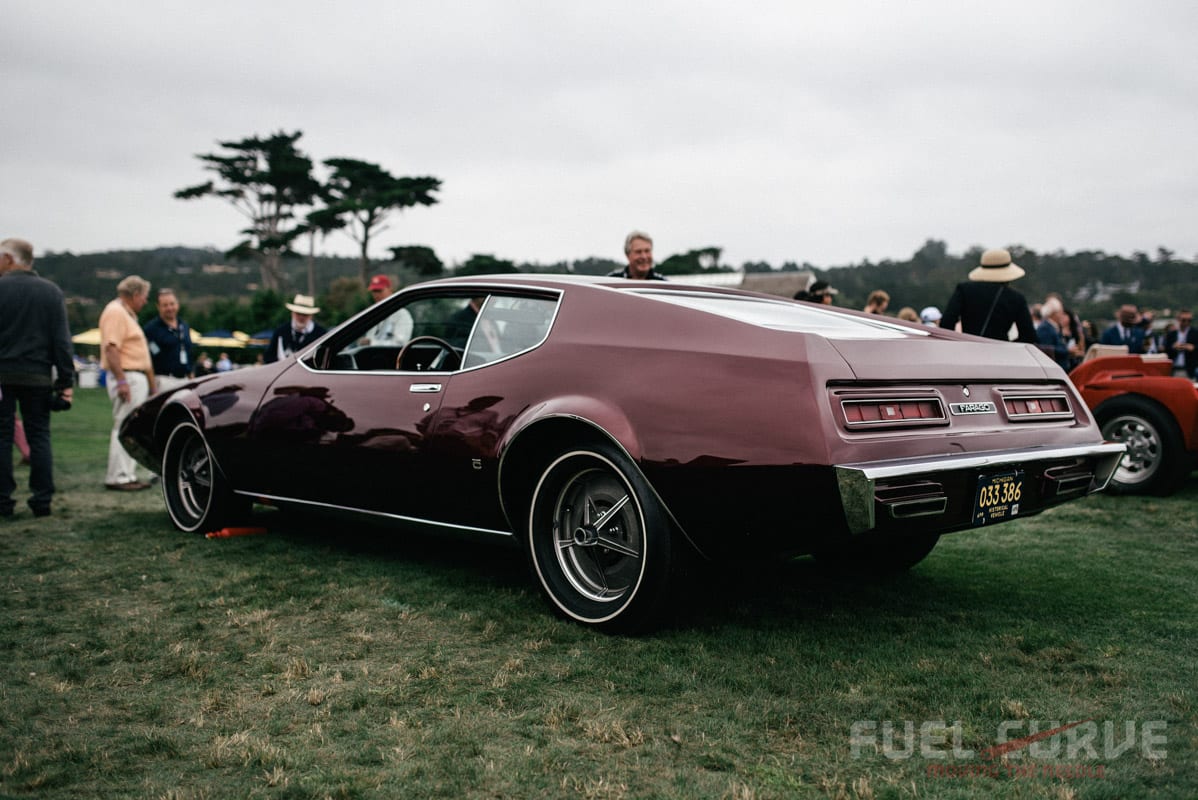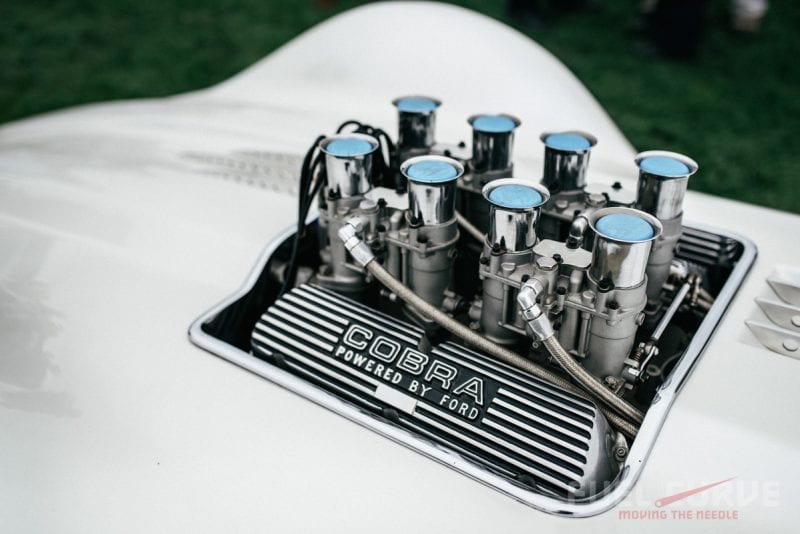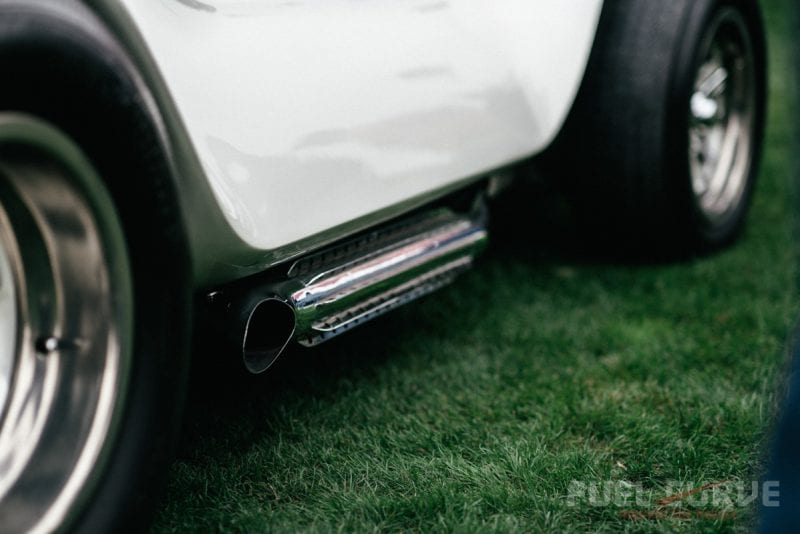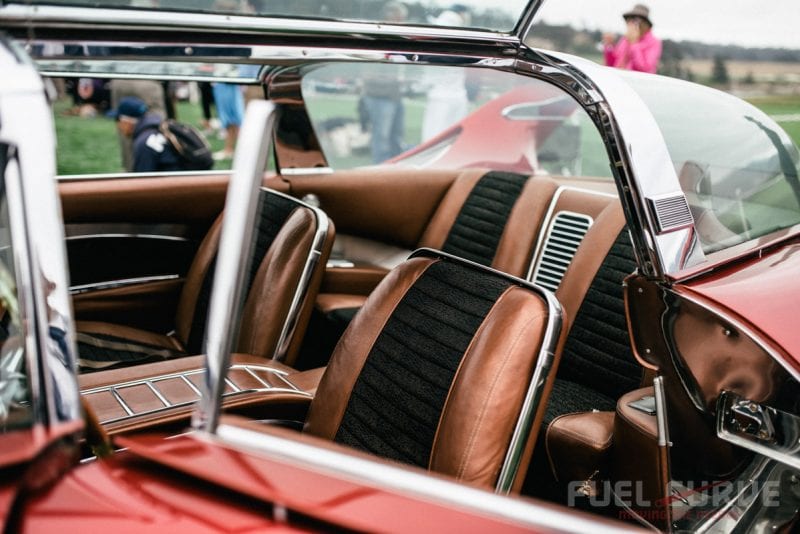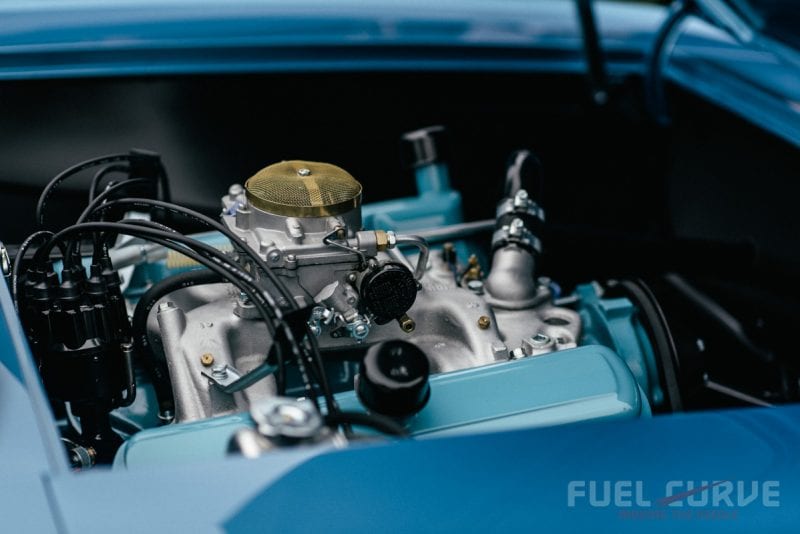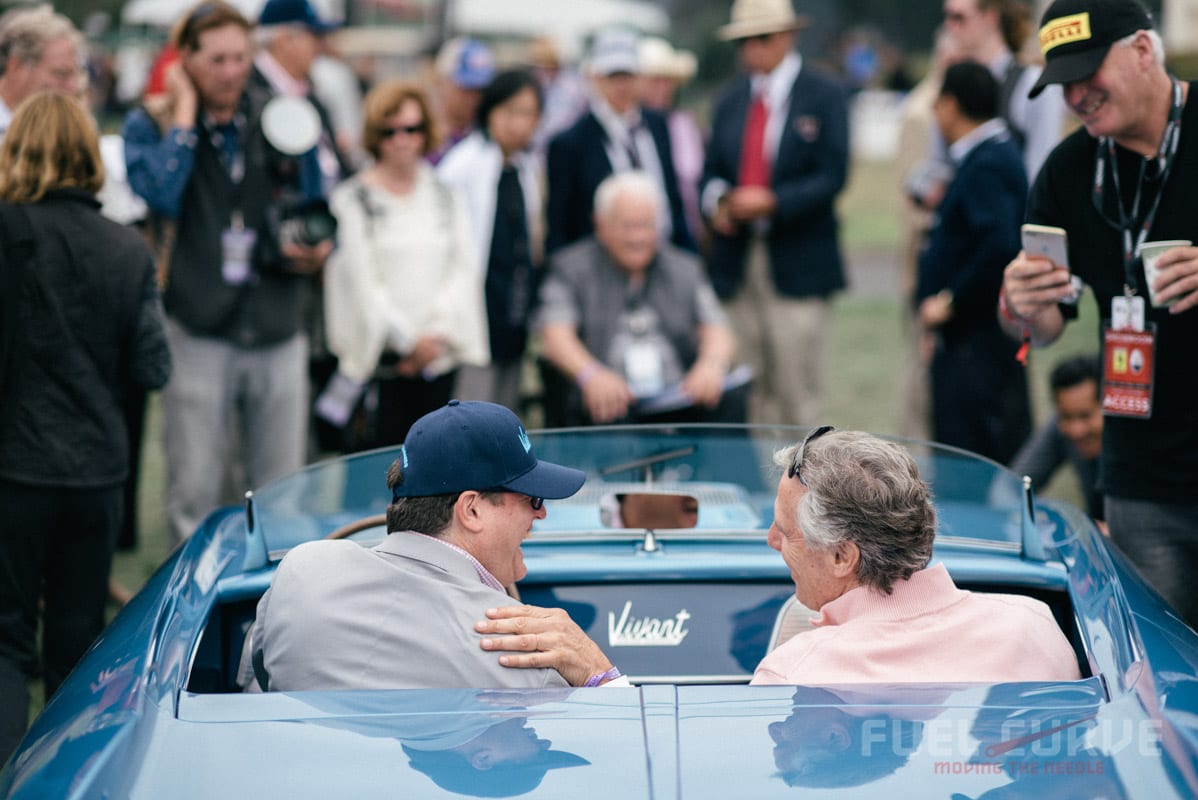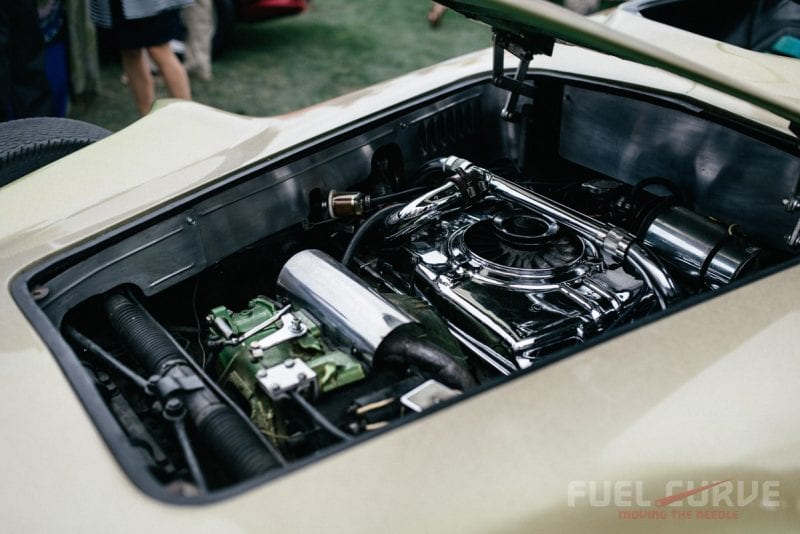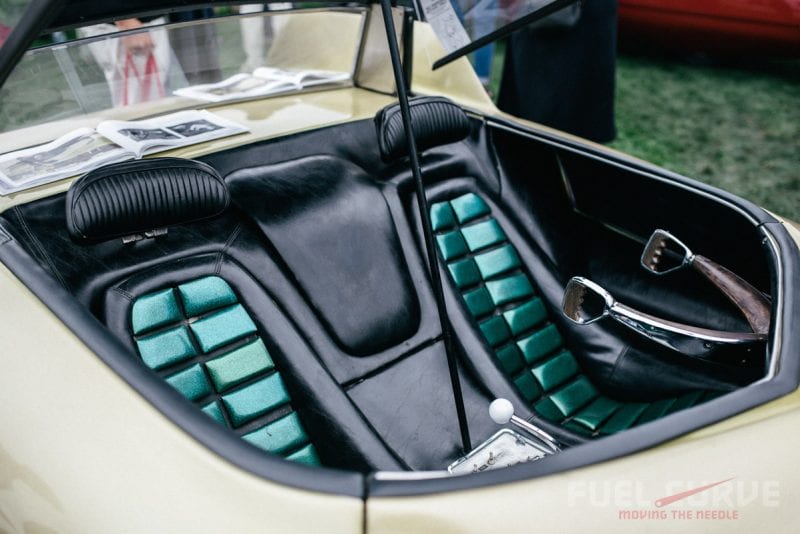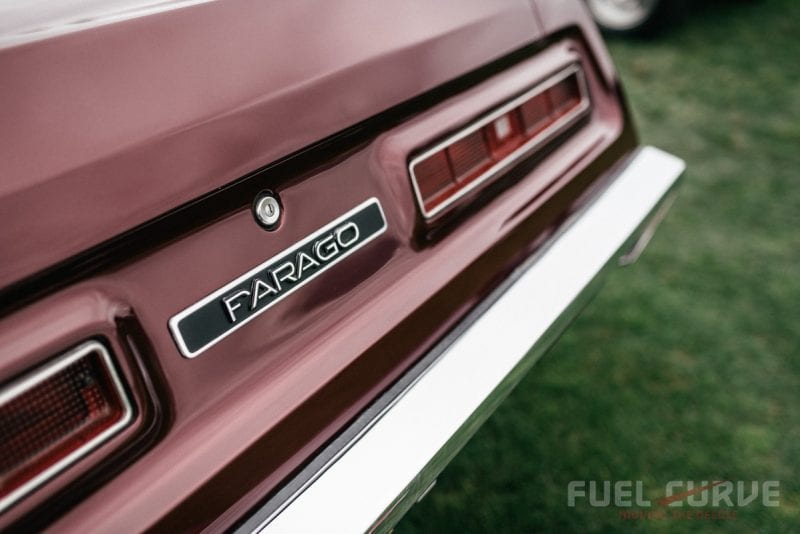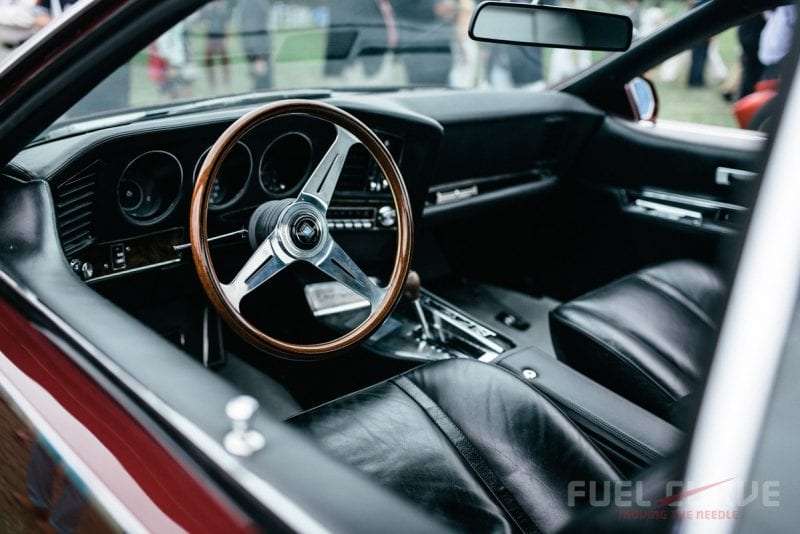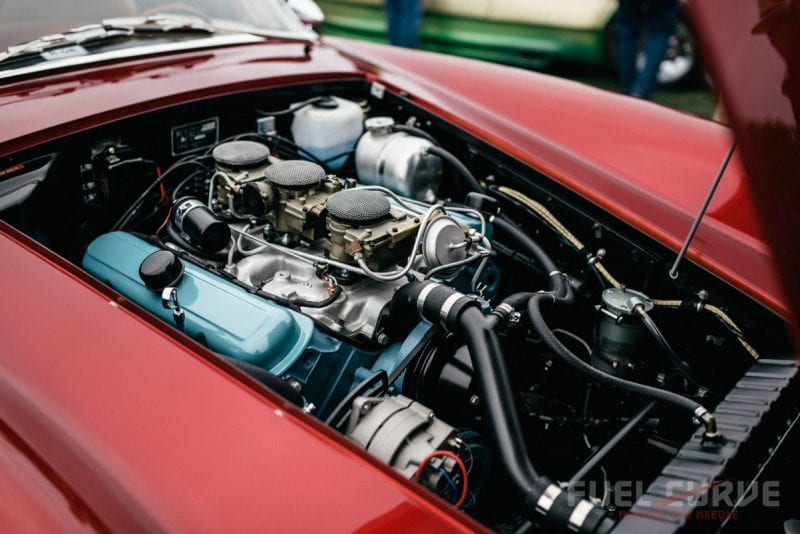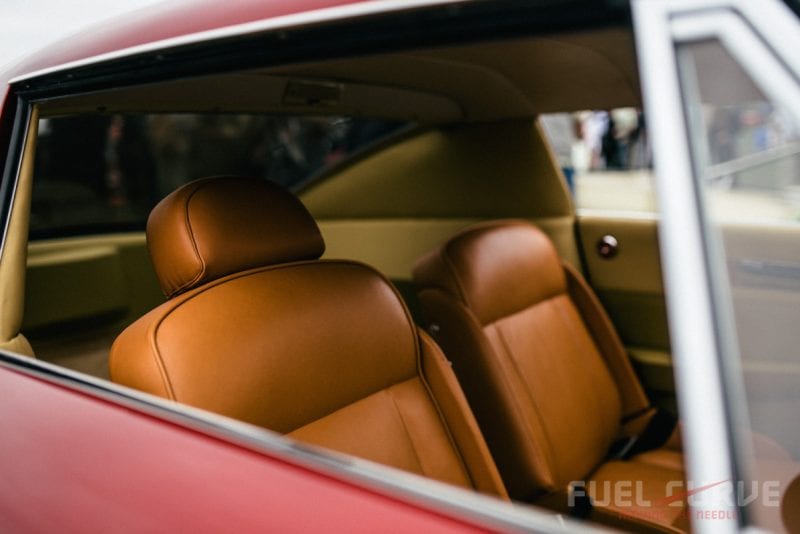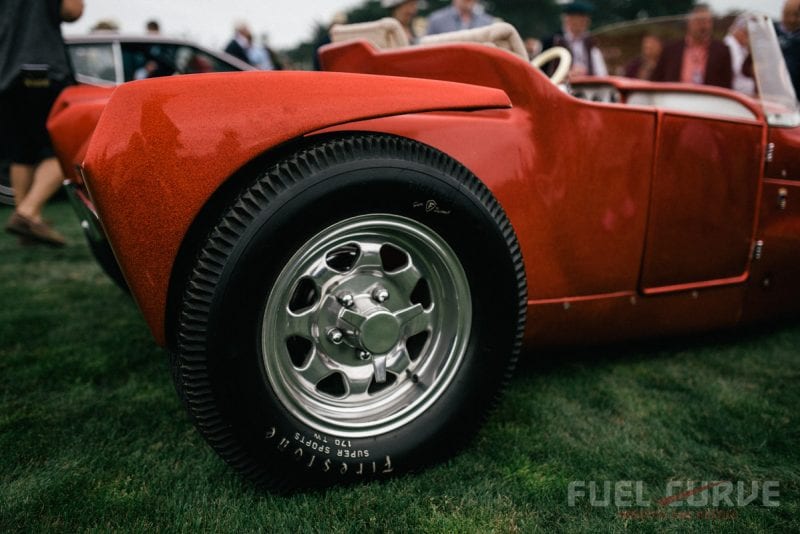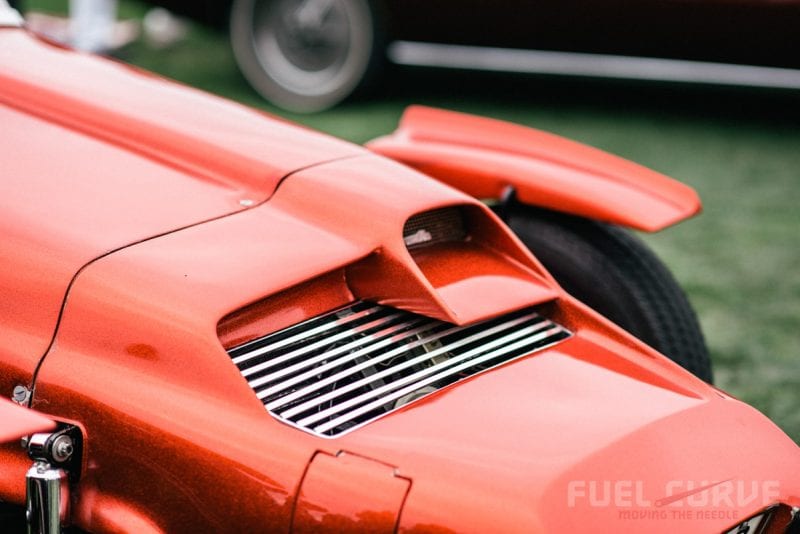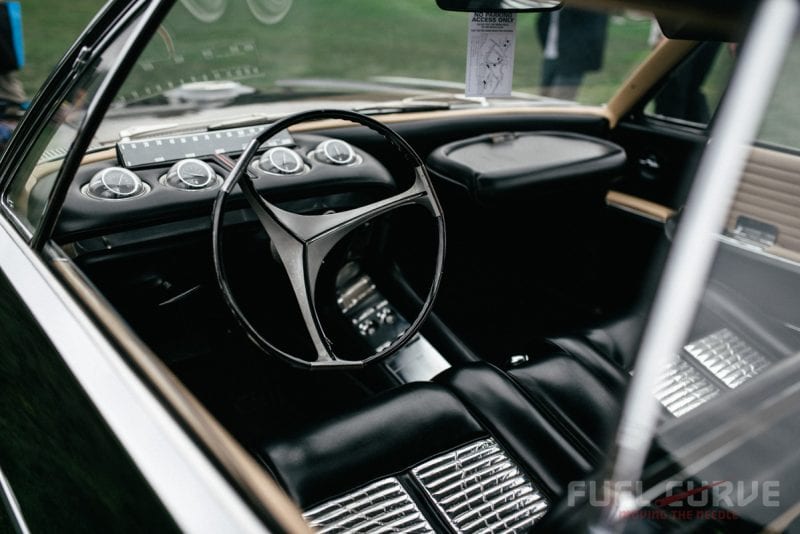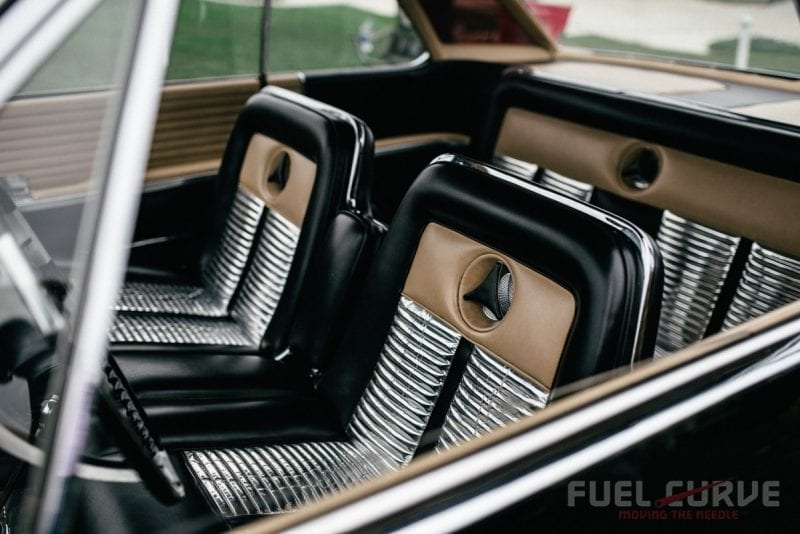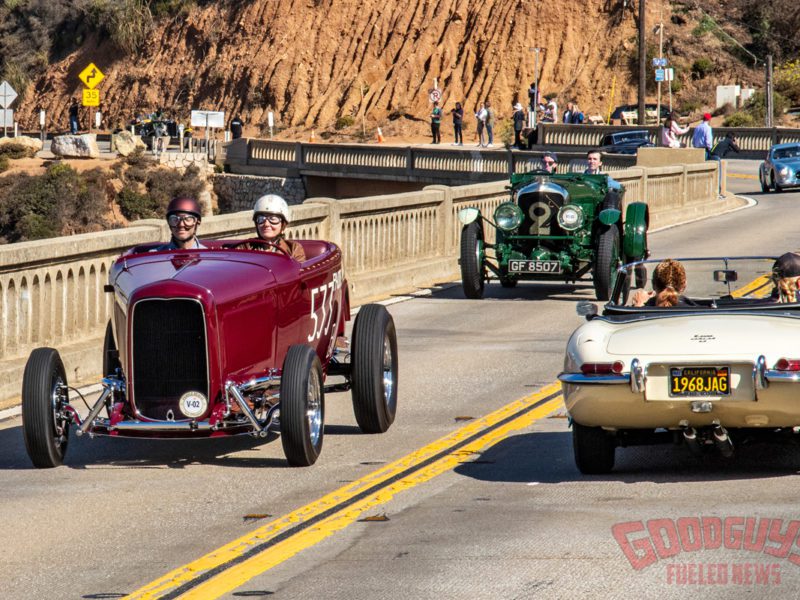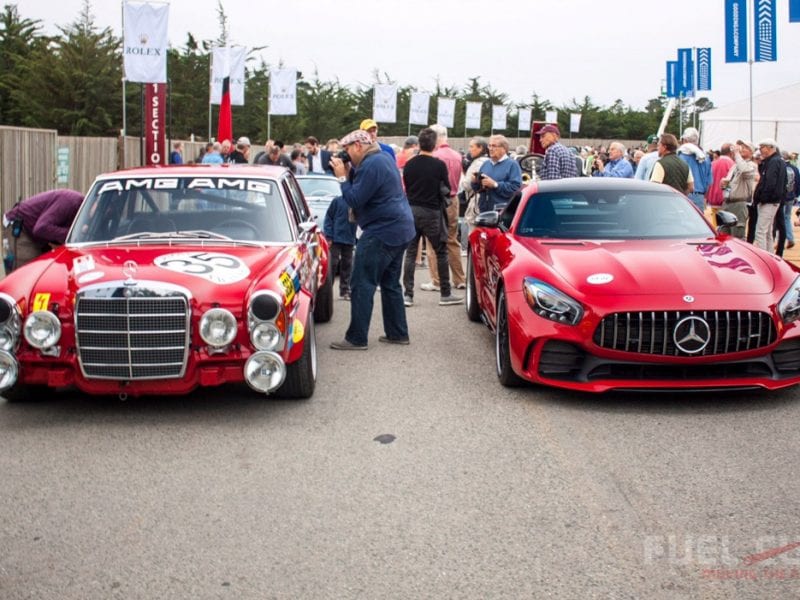Pebble Beach Dream Cars – A Rare Mix in Monterey
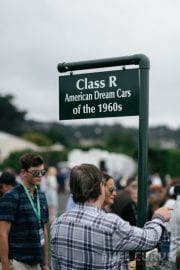 Every other year, the Pebble Beach Concours d’Elegance features a select lot of hot rods and customs and this year it was as wild as it gets – American Dream Cars of the 1960s. Labeled as “Class R” the outstanding exhibit featured legendary customizers Junior Conway, Gene Winfield and posthumous nods to others including Dean Jeffries.
Every other year, the Pebble Beach Concours d’Elegance features a select lot of hot rods and customs and this year it was as wild as it gets – American Dream Cars of the 1960s. Labeled as “Class R” the outstanding exhibit featured legendary customizers Junior Conway, Gene Winfield and posthumous nods to others including Dean Jeffries.
In general, Sunday’s Concours and the entire Monterey Car Week is one of the most wildly anticipated automotive events almost anywhere on the planet. Tickets (and decent parking) are highly coveted, and thousands of people come to Monterey and Carmel, California every year just to walk across the golf course fairways and get up close to the beautiful, rare vehicles. This year was no exception.
The Mantaray
First in the lineup of concepts and customs is the 1963 Mantaray Dean Jeffries Custom. With a bod vaguely resembling that of a Star Wars battle craft, this futuristic, race-inspired custom was built with inspirations drawn from Maserati Formula 1 cars of the 50s. The car has a single seat in the cockpit, which is tailed by high curving rear wheel arches. Emerging from the hood in brilliant fashion is a small block Ford V8 engine. Jeffries worked for Shelby at the time of the Mantaray’s creation, so this makes a lot of sense. The body of the Mantaray, while being incredibly dramatic and flowing, was entirely hand shaped, and the fabrication is finished off rather flawlessly. Truly a masterpiece, Jeffries cut no corners with this one.

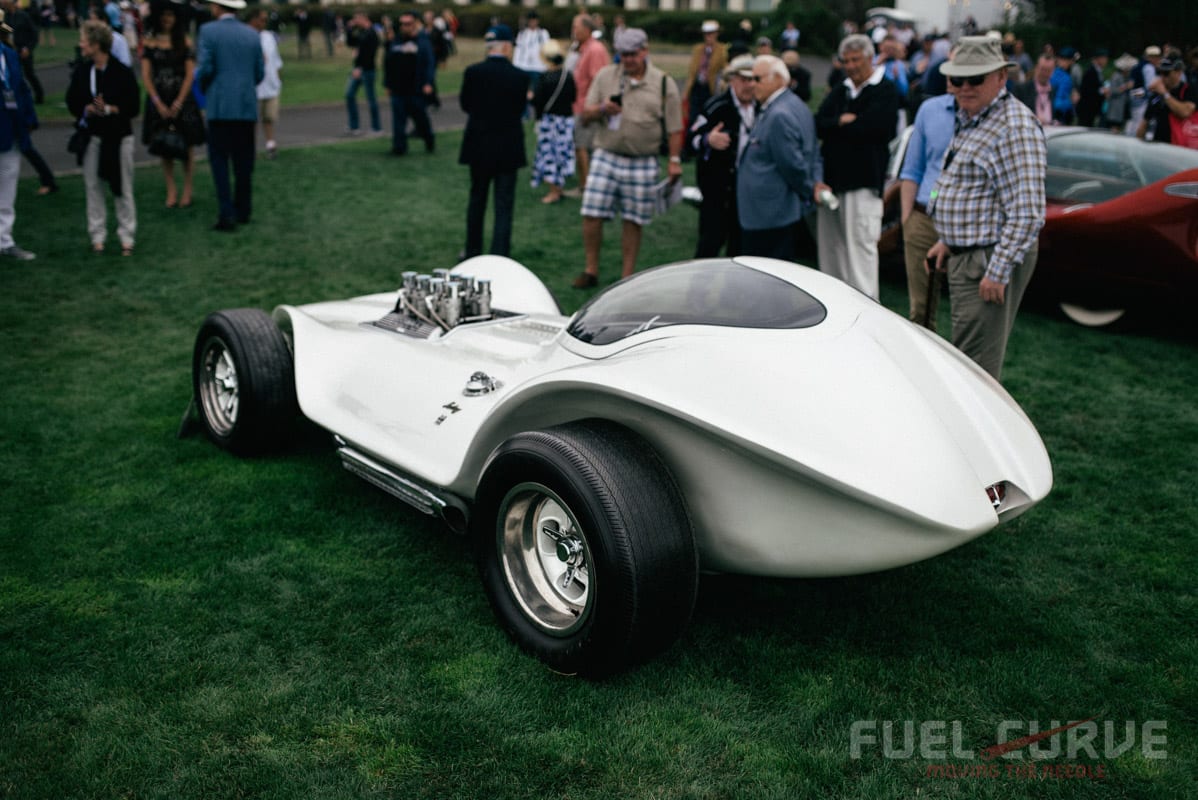
Bobby Darin Coupe
Next in line, we met the 1960 DiDia 150 “Bobby Darin” Coupe. An eccentric creation born from the vision of a fashion guru Andrew DiDia, the 150 was also hand built, and insanely expensive to build. The vehicle took roughly seven years to complete, and cost about $150,000 – on par with a million hides in today’s currency. With a quintessential 60s vibe, the boxy front end flows back to two largely exaggerated fins. Even under the overcast sky, the red, flaked paint radiated beautifully. Despite its age, the interior still looked rich and hydrated, and of course, stylish. Built by DiDia and later bought by singer Bobby Darin this custom classic rose to stardom as a rock star example of the wonderful world of customs.
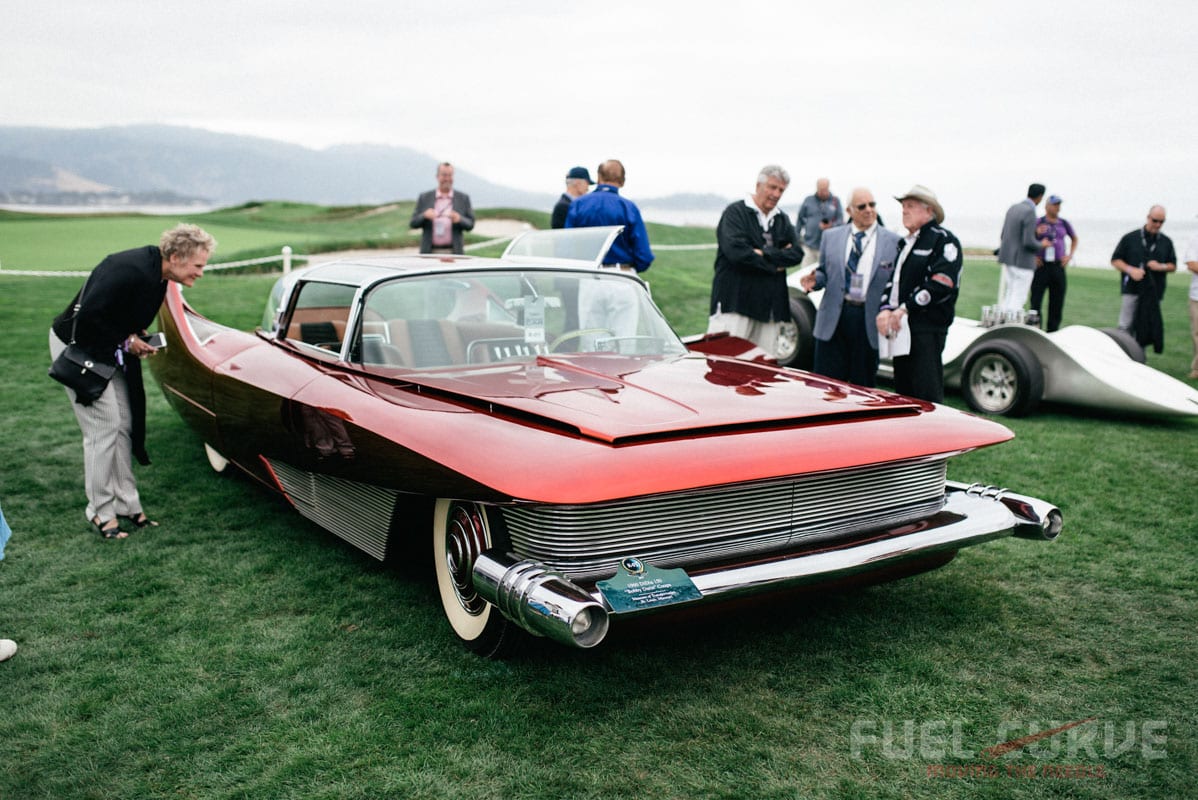
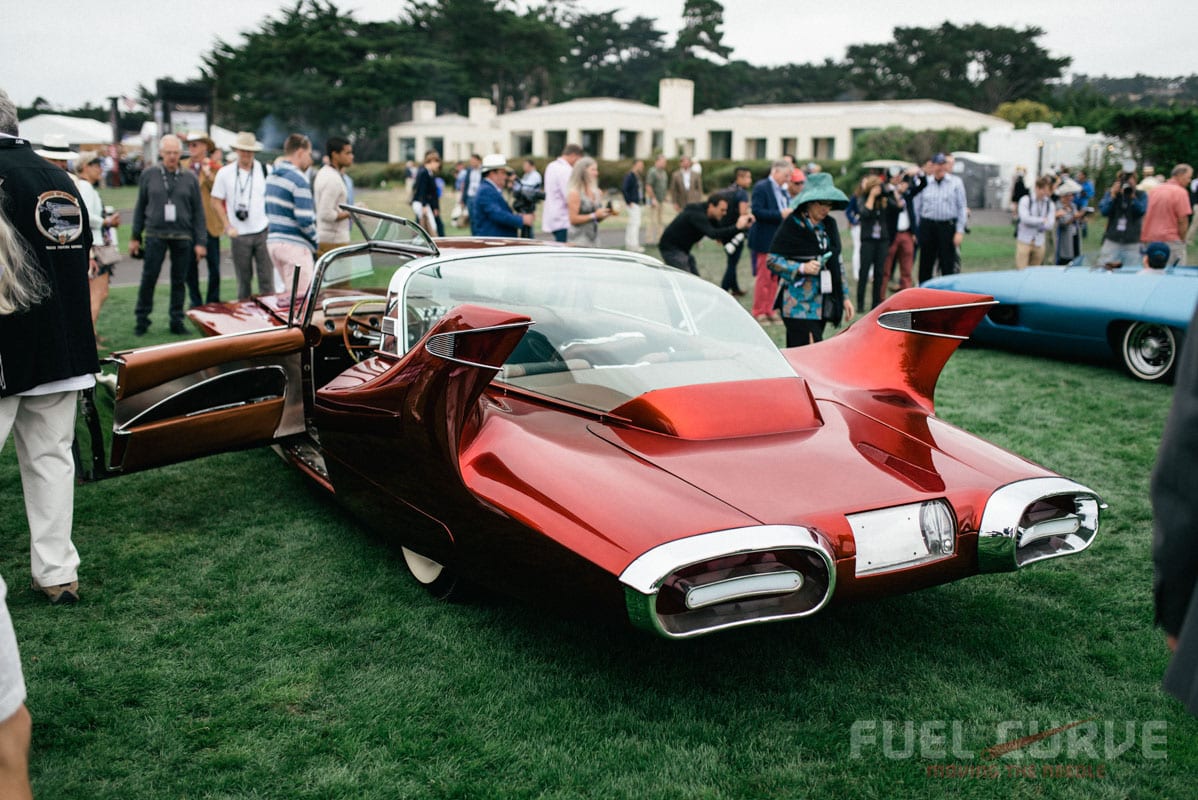
Vivant Herb Adams Roadster
It was all smiles when it came to the next vehicle: the 1965 Pontiac Vivant Herb Adams Roadster. Mark Brinker stood (and sat) in attendance with the car, giving spectators the chance to sit in the passenger seat and really get a feel for the vehicle. The far out yet minimalist design of the Vivant is undeniably magnetic. Inside, the Luxe seats are a coordinated blue, along with center console and dash elements to match. The chrome framing and dash panels jumped out at us providing an extra “bling” effect. Powered by a Pontiac V8, the blue roadster (until 2009) was known to be missing in action. Once discovered, it underwent a restoration to bring it back to its former 1960s glory. The Pebble Beach appearance was a delightful comeback for the once lost custom.

1967 Gyro-X
One of the biggest head scratchers to the unfamiliar was certain to be the 1967 Gyro-X Alex Tremulis Prototype. A peculiar, backwards looking machine, the Gyro-X was built by Alex Tremulis by request of Gyro Transport Systems. The concept is driven by a hydraulic gyroscope and backed with power from a 1.3-liter engine. As with many customs and prototypes, this is a one-off example which never made it to the mass production stage. Most notable are the training wheels which extend from either side of the body. The front end seems as though it should actually be the rear end, while the actual rear end is decorated with two sets of dual, round tails. The overall body is clean, appears to have a freshly shaved look, and is downright strange. The front and rear chrome bumpers are a nice, recognizable touch.


Winfield Reactor
A star attraction—the Gene Winfield-built 1964 Reactor sat next in the spotlight. In the world of customs, Winfield’s name is a household one. The legend himself was found standing beside his creation at this year’s event, and gladly obliged those who eagerly awaited photos. Gene is a prince! The Reactor, which is a mashup between a Citroen ID chassis and a Chevrolet Corvair engine, is coated in a gold-green metallic hue, which fades to bright green along the body edges. Unique elements to this custom include the vented wheel wells and the two-fisted steering wheel. This machine lived up to the Hollywood standard back in the 1960s and was featured in several TV series including Batman, Star Trek, and Bewitched.
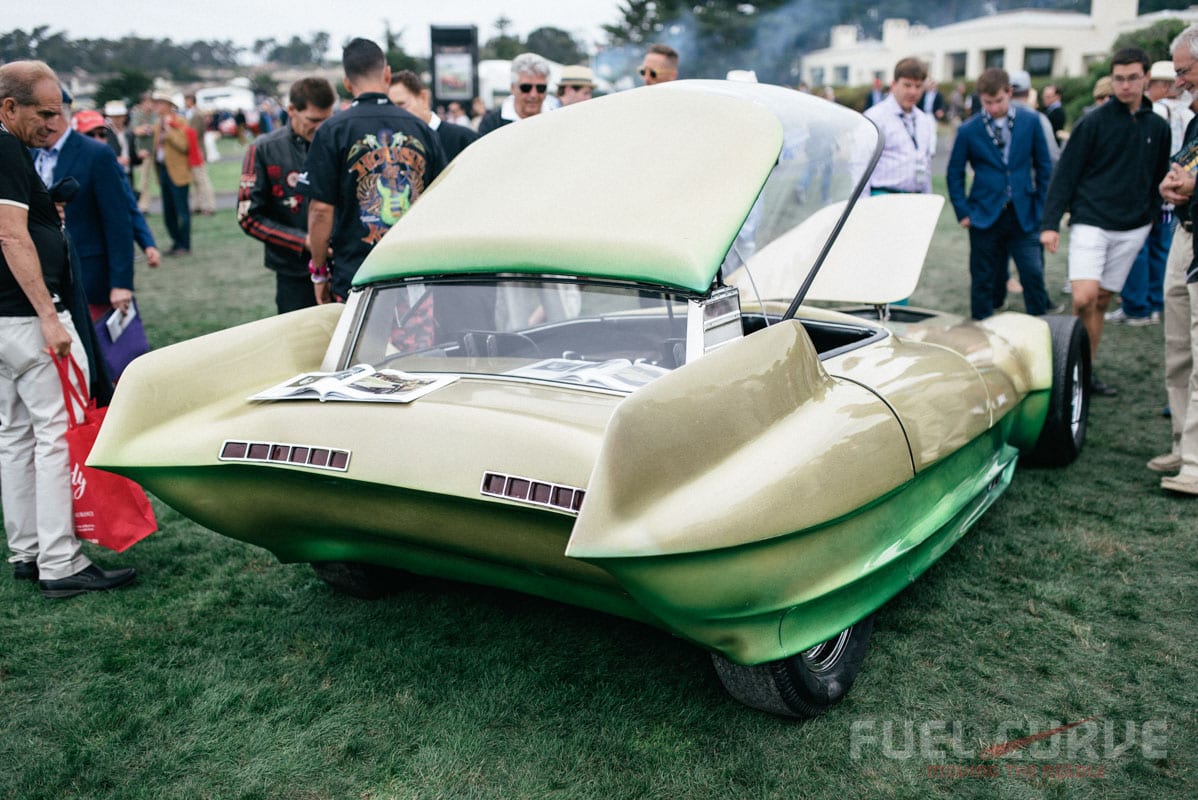
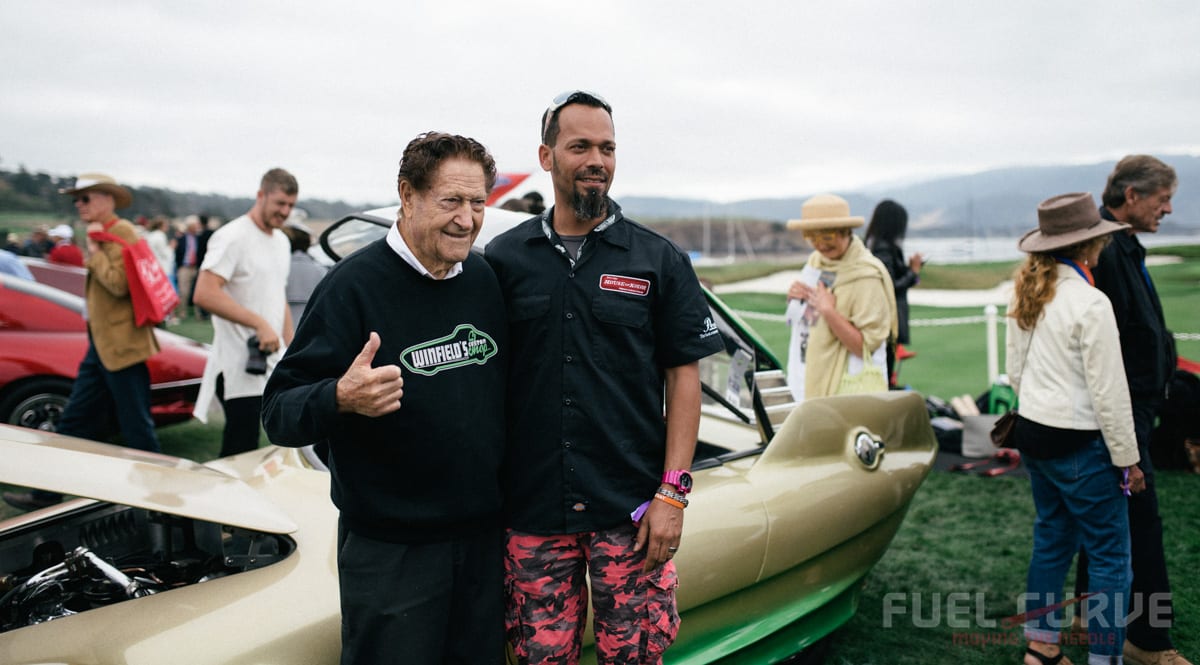
Carrozzeria Coggiola Coupe
The following entrant was none other than the sloping, long nosed 1969 Farago CF 428 Carrozzeria Coggiola Coupe. If there was an award for longest name, the judging would end here. This creation came from the collaboration between Sergio Coggiola and Paul Farago, both of which worked as Ghia designers during their careers. The most Pontiac-esque part of the car is the back half, with its slanted roof and flat rear decklid. It sits atop large grand prix wheels, sports a dual exhaust, and features inset, tiny side mirrors. Inside the cabin, a gorgeous black interior is finished off nicely with a classic Nardi steering wheel. While this concept was meant to give American automakers a peek into what their cars could look like with a European twist, it was met with a less than enthusiastic response. The car obviously never moved on to production, but it still serves as a reminder of the creativity and innovation that was possible in the 1960s.

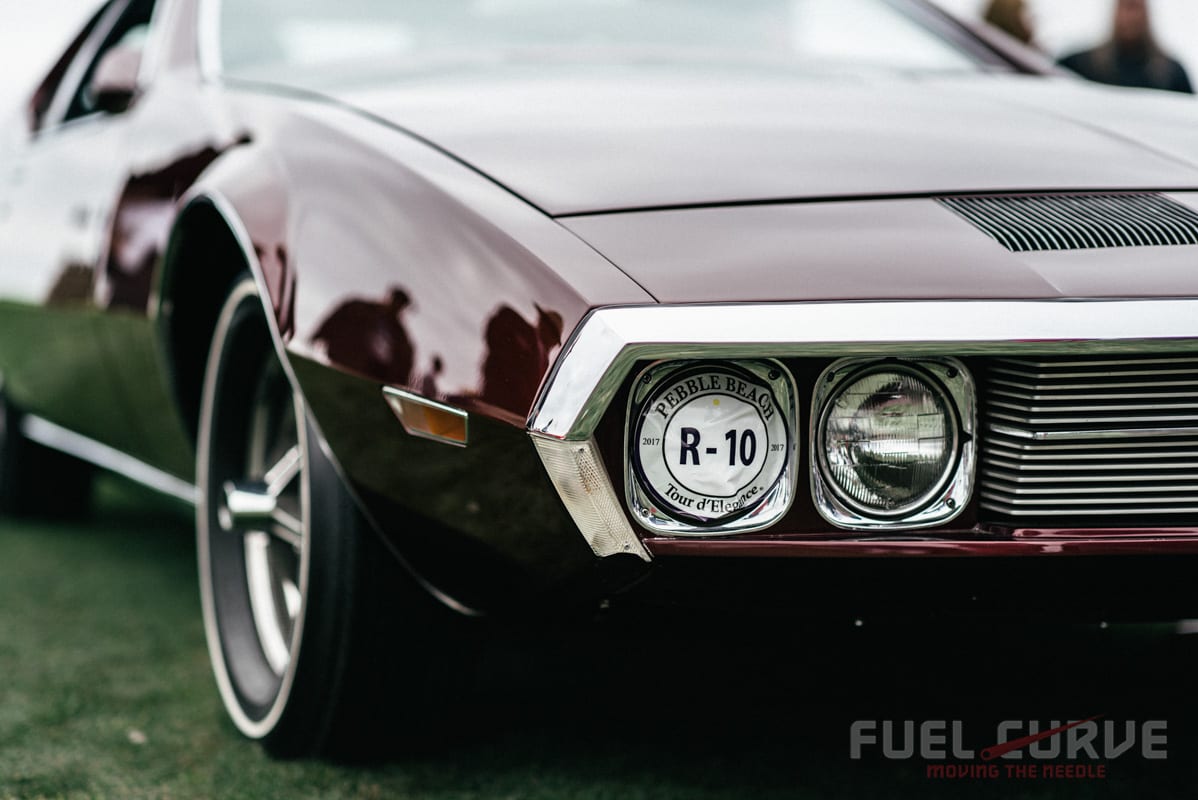
Bosley Mark II Interstate Coupe
In a strangely beautiful Ferrari-meets-Alfa Romeo-meets-Corvette fashion, the 1966 Bosley Mark II Interstate Coupe was a sight to behold. This custom sports a Pontiac V8 under the hood and is the product of inspirations drawn from an American classic: the Chevy Corvette. Richard Bosley built the Mark II Interstate as a successor to the previous Mark I. Featuring an elegant, spanning silhouette, the Interstate is a playground of leading lines. Headlight casings sit on either side of a boldly poised nose, while chrome accents house the taillights. It’s all brought together by the trim that runs along the side of the body. Warm, earthy tones coat the interior, with an edgy door card design, and a beautifully simple instrument cluster.

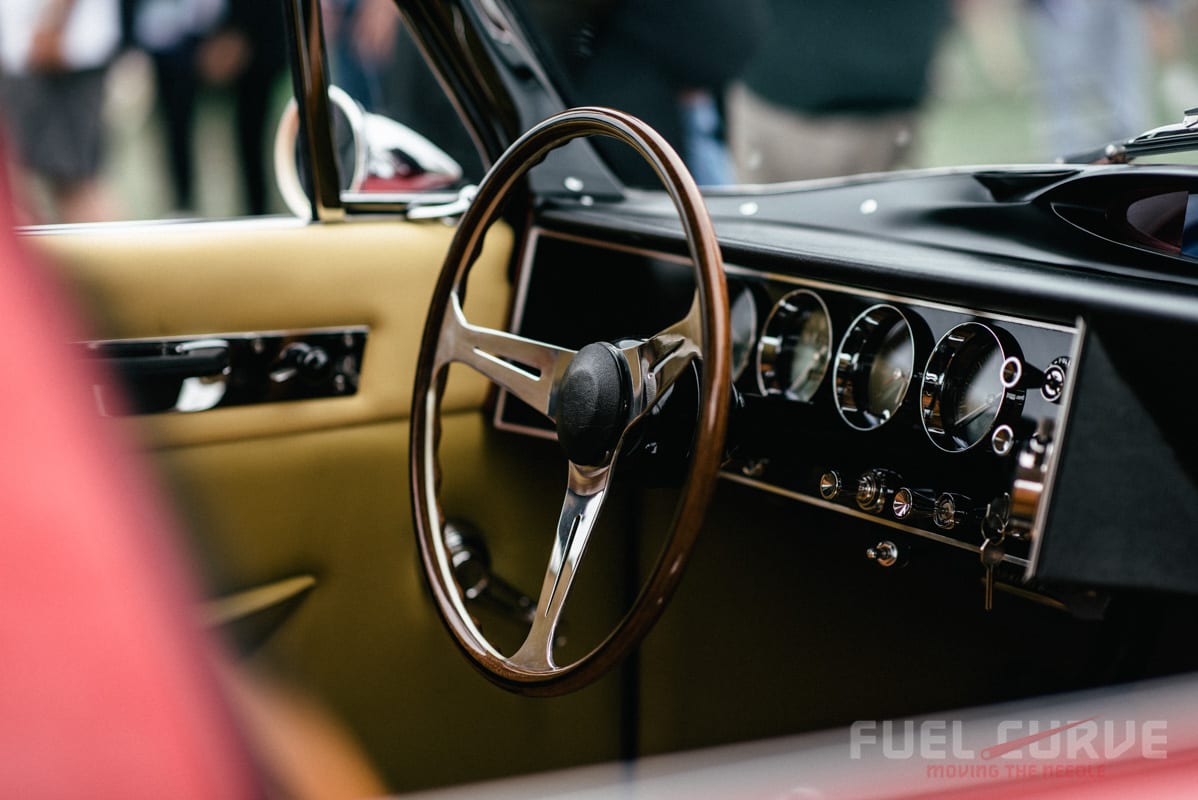
Tex Smith’s XR-6 Roadster
If there isn’t already a Hot Wheel model based off of the 1963 XR-6 Tex Smith Roadster, there should be. This custom was garage-built by LeRoi “Tex” Smith and stands as a testament to the roots of hot rodding. We look at this build and see what every young child must see when they find themselves in front of their dream car. Enormous rear wheels wrapped in Firestone piecrust rubber, side exit exhaust, and a function-over-form interior is a summary of this custom. However, the general impracticality is part of what makes it so extraordinary.

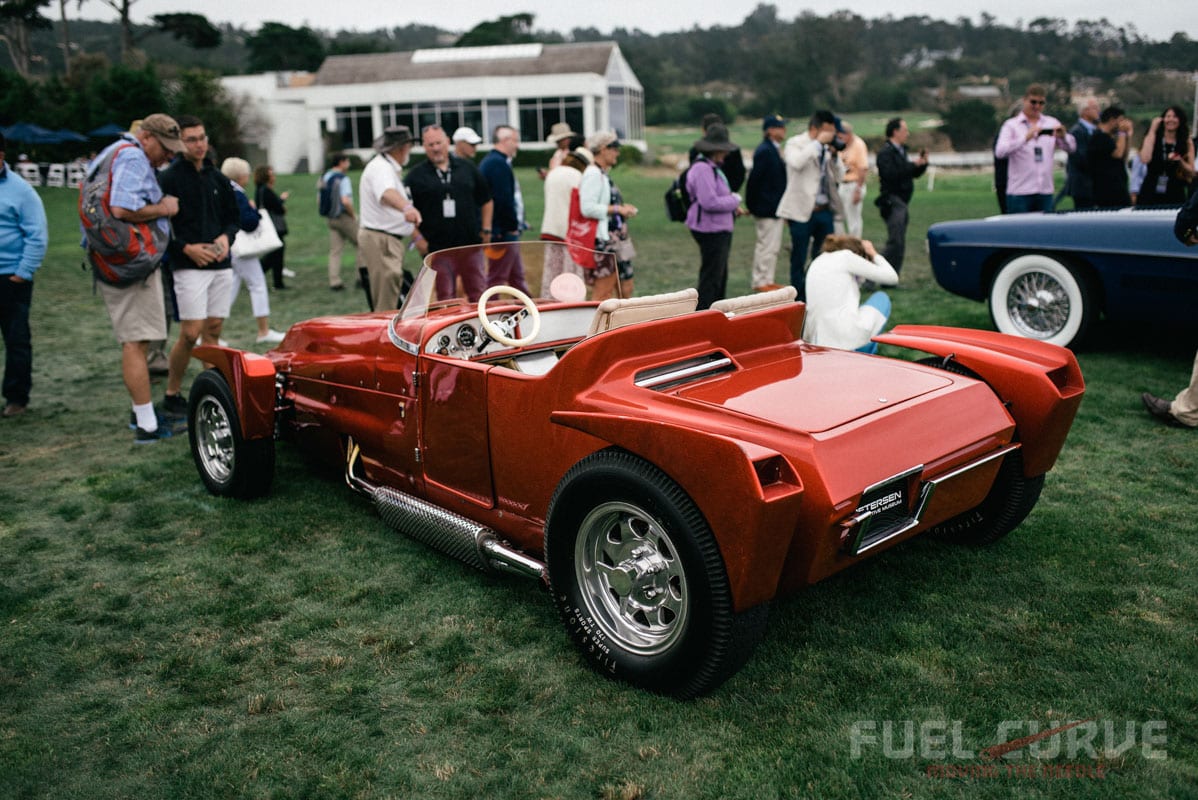
Sceptre Sibona-Basano Concept Coupe
Enter one, last concept with a rather sad story: the 1962 Studebaker Sceptre Sibona-Basano Concept Coupe. While Studebaker was in the midst of terrible financial downfall leading into the 1960s, longtime collaborate designer Brooks Stevens took a more optimistic approach. He designed what would become the Sceptre in somewhat of a frenzy, in hopes to save the future of the company. The goal was to create a futuristic, yet still practical and reliable car for the American consumer. When it came time to fashion the Sceptre into physical form, Stevens designated Italian coachbuilder Carrozzeria Sibona-Basano for the job. The result was an illusory low slung, modernistic, dramatic concept. The roof line is reminiscent of Ford’s Thunderbird, with some other random twists thrown in. The front end is lined with a chrome, slotted top panel which gives the idea that it “cuts” the wind as it moves. An intricate interior reveals a design that perhaps would not have suited the standard working class driver as well as Studebaker would have liked. Chrome inserts in the center of each seat give an unnecessary complexity, while the instrument cluster is broken up into individual bubbles atop the dashboard. As beautiful as it was, its arrival was unfortunately too late, as Studebaker had already begun plans to slowly shut down its plants.
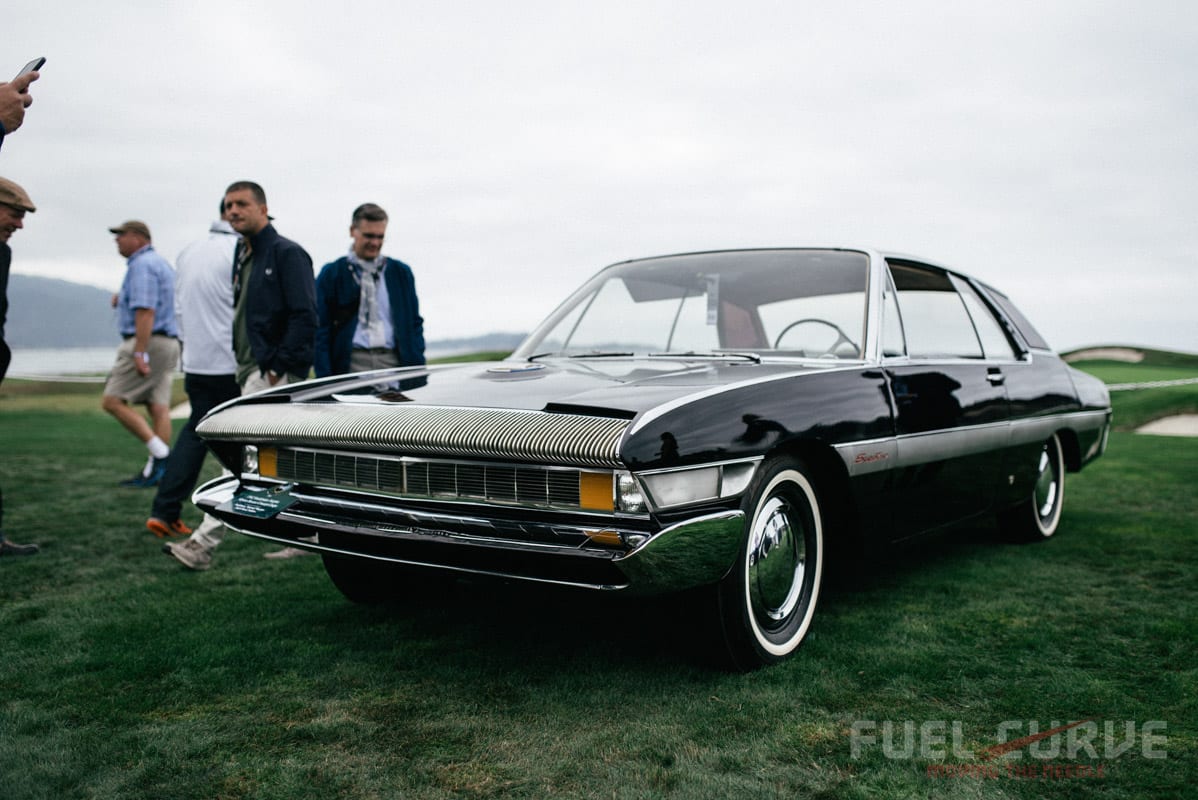
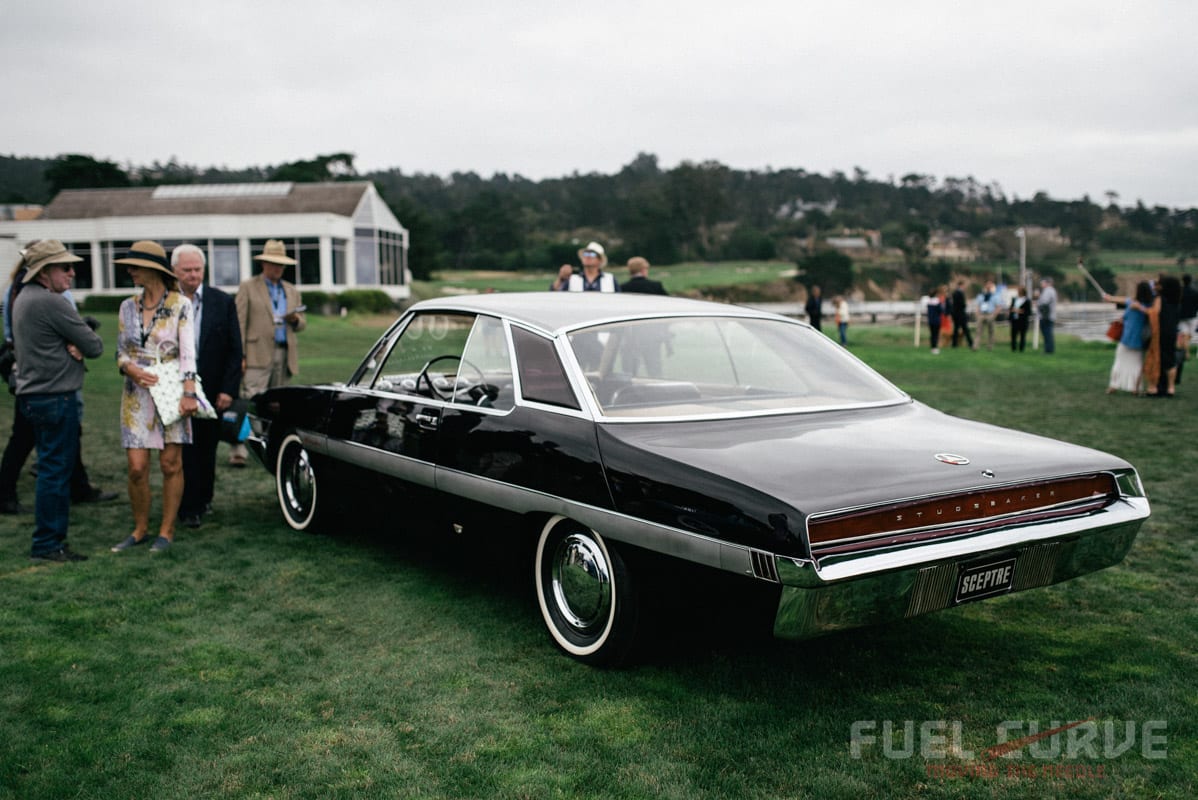
Each of these custom vehicles has its own colorful, inspirational story. Some are tales of home built visions, while others were intended to hit the market in masses. We have them to admire and look back on the artistic innovation that existed all those years ago, and hopefully, they can continue to provide inspiration to current and future generations of automotive builders, customizers, and enthusiasts.
When the judges cast their final votes, it was Mark & Newie Brinker’s 1965 Pontiac Vivant Herb Adams Roadster taking first in class while the Lane Motor Museum’s 1967 Gyro-X Alex Tremulis Prototype drove off with the Dean Batchelor Trophy.
Given the success of the bi-annual hot rod and custom classes, we can’t wait to see what the 2019 Pebble Beach Concours d’Elegance will feature. It’s always big fun!

